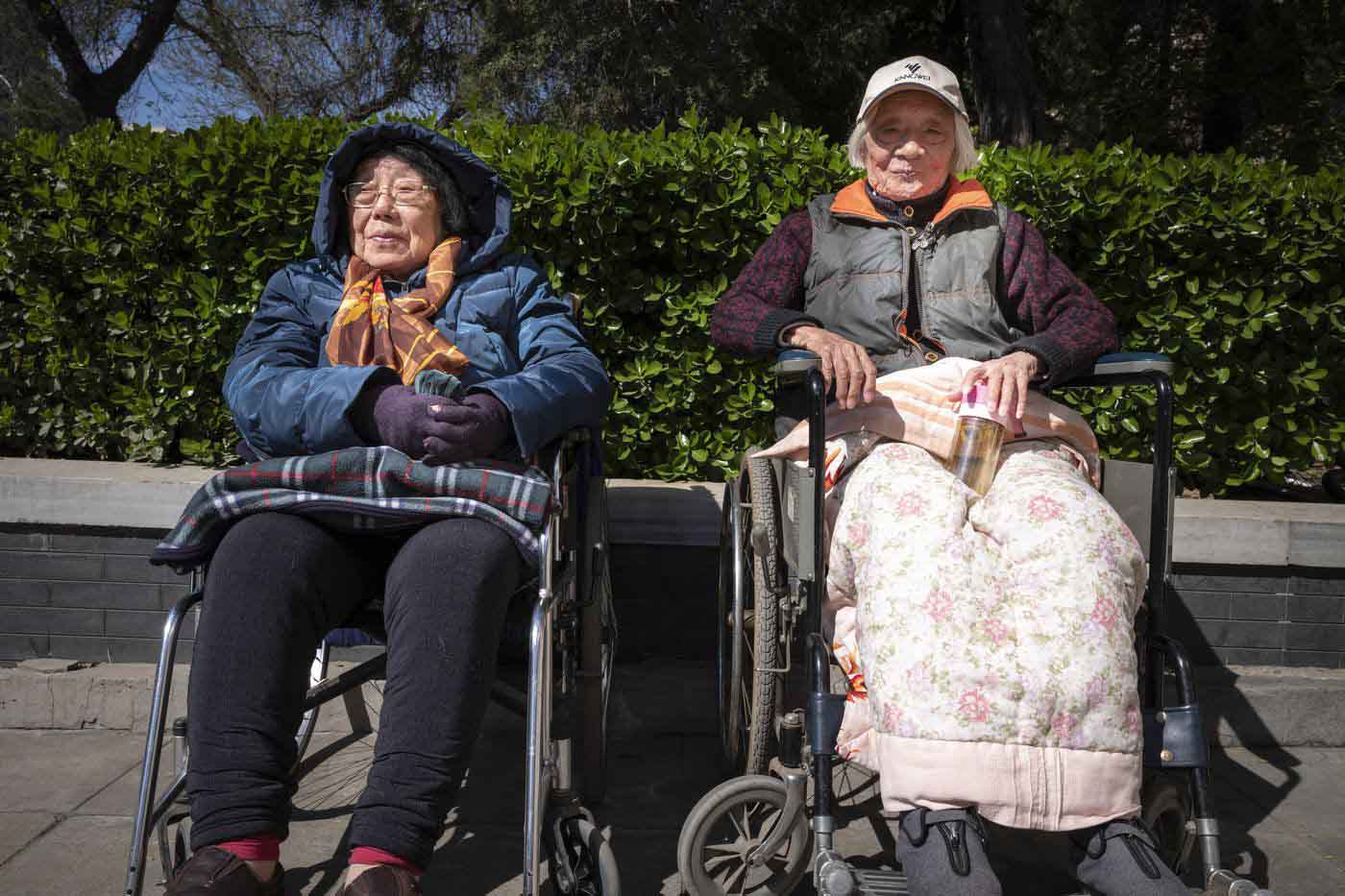By Xiujian Peng, Victoria University in Melbourne
China’s economic and family planning policies of the 1970s ushered in a ‘golden age’ of growth. But as China ages, keeping it golden will be a challenge.
China’s stunning economic growth over the past 30 years has been fuelled by the sweat of a generation of workers at the peak of their powers.
As a result, China’s economy is on-track to overtake the United States’ by 2030. With an average growth rate of more than 9 percent between 1980 and 2010, China became the world’s second-largest economy in 2010.
But now a demographic reversal unlike anything since the great famine in 1959-61 casts doubt on this prosperity. A rapidly ageing population and declining fertility are set to plant a bomb under the economic boom.
Since the 1950s, China’s mortality rate has declined steadily from 23 in 1000 in 1950 to 6.2 in 1000 in 2001. And while its birth rate initially surged, from the early 1970s, the birth rate declined dramatically in response to various factors, particularly the famous one-child policy.
The result was a population that featured a high share of working-age people and low numbers of the young and old. In 1976, 100 working-age people supported 77 dependents (4 old and 73 young people). By 1990, 100 workers only needed to support 49 (5 old and 44 young).
This dramatic demographic transition coincided with economic reform and opening up to the world, creating a ‘golden age’ of sustained and rapid economic growth. Millions of agricultural workers moved to non-agricultural sectors and from rural to urban areas, providing a vast supply of labour which helped China to become the ‘world’s factory’. This delivered a ‘demographic dividend’ which was responsible for around 15 percent of China’s impressive economic growth from 1982 to 2000.
But it cannot last. Although the rapid change brought China prosperity, it also brings a potentially bigger cost: China’s population ageing will accelerate and become much faster than both developed countries and many of Beijing’s competitors in Asia.
Based on the United Nations’ 2022 population prospects, it will take China less than 18 years for the proportion of its elderly (aged 65 and over) to double to 20 per cent. It took Sweden more than 70 years, Germany 56 and Japan 21.
China’s declining fertility rate is also a concern. Despite the government loosening controls over family planning, fertility plummeted from 2018 reaching a historical low of 1.15 children per woman in 2021. High housing prices, expensive education and women’s job insecurity after giving birth are all factors in the falling fertility rate. Demographers believe fertility will decline further in 2022 because of COVID-19 and the government’s strict COVID zero policy.
By 2100, UN estimates show 100 working-age Chinese will have to support as many as 103 dependents (83 elderly and 20 young people).
Some scholars in China are gloomier. The Shanghai Academy of Social Sciences (SASS) believes China’s fertility is likely to follow that of Singapore and South Korea, further declining to 1.1. If so, in 2100, 100 working Chinese will have to support 134 people (120 elderly plus 14 young).
China’s population was expected to peak in 2021.
This rapid ageing is likely to mean lower economic growth unless productivity increases fast. Higher labour costs, driven by the lack of available workers, are likely to push low-margin, labour intensive manufacturing out of China to countries such as Vietnam, Bangladesh and India where workers are more available.
China will need to direct more of its resources towards health, medical and aged-care services to meet the demands of an increasingly elderly population. Declining workforce numbers will accelerate the movement of people to economically developed areas — cities — accentuating the imbalance in economic growth that currently exists in China.
To maximise the demographic gift and minimise the burden, China can encourage fertility, increase the retirement age, invest in human capital and continue technological innovation.
Investing in human capital to improve the quality of workers and enhancing innovation will be crucial. China is already on this track. According to Bloomberg, it will produce more than 10 million college graduates this year, nearly double the number of a decade ago. And “The share of 25 to 60-year-olds with a high-school education has risen to 37 percent and is on track to reach at least 50 percent by the end of this decade — moving closer to levels seen in countries like Portugal — if Beijing can continue to boost education spending”.
Despite falling numbers, a high-quality workforce, equipped with high technology, and supported by good economic policy can boost China’s productivity and alleviate the negative effects of population ageing.
Xiujian Peng is a senior research fellow at the Centre of Policy Studies (CoPS), Victoria University, Australia. Her main area of expertise centres on the development of economic models and their application to China, with particular emphasis on demography, labour markets, energy, and economic growth. She declares no conflict of interest
Originally published under Creative Commons by 360info™.












